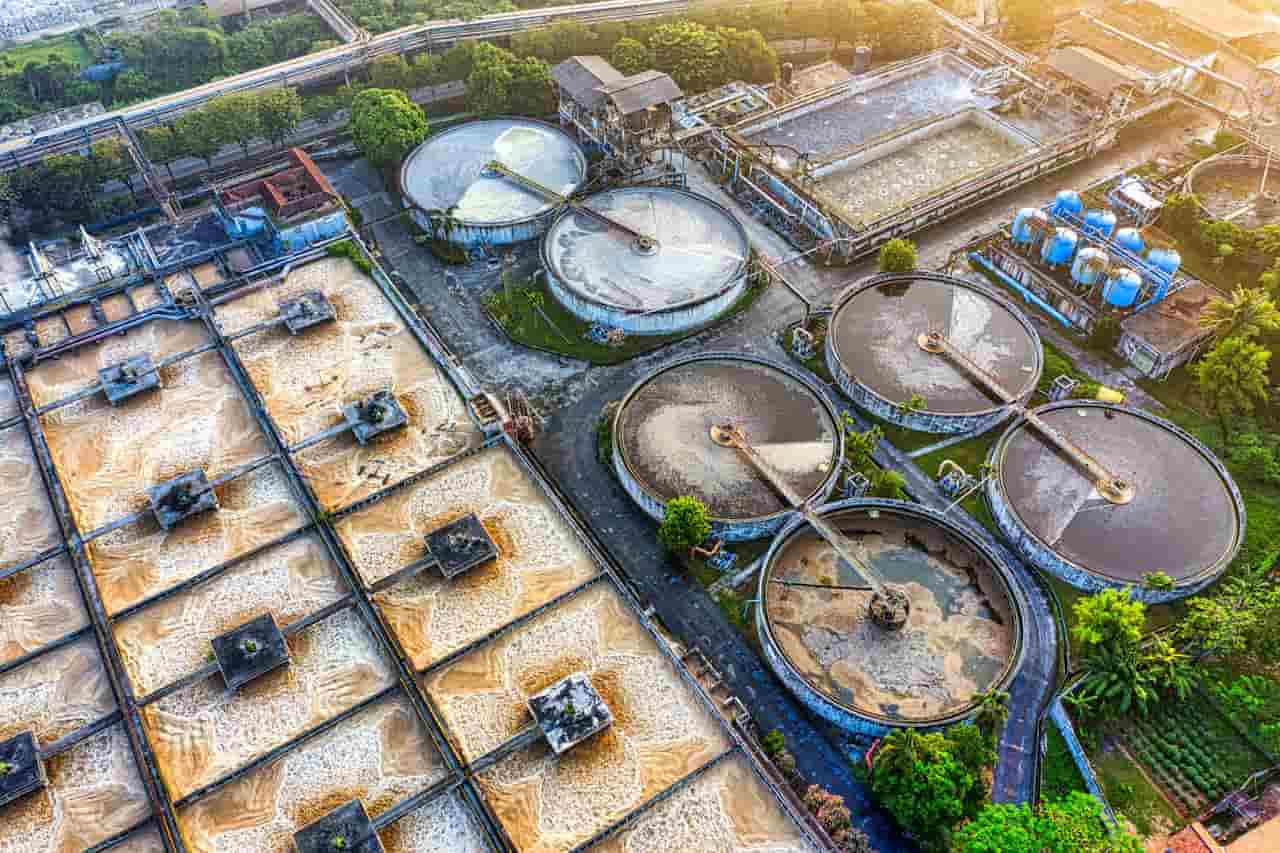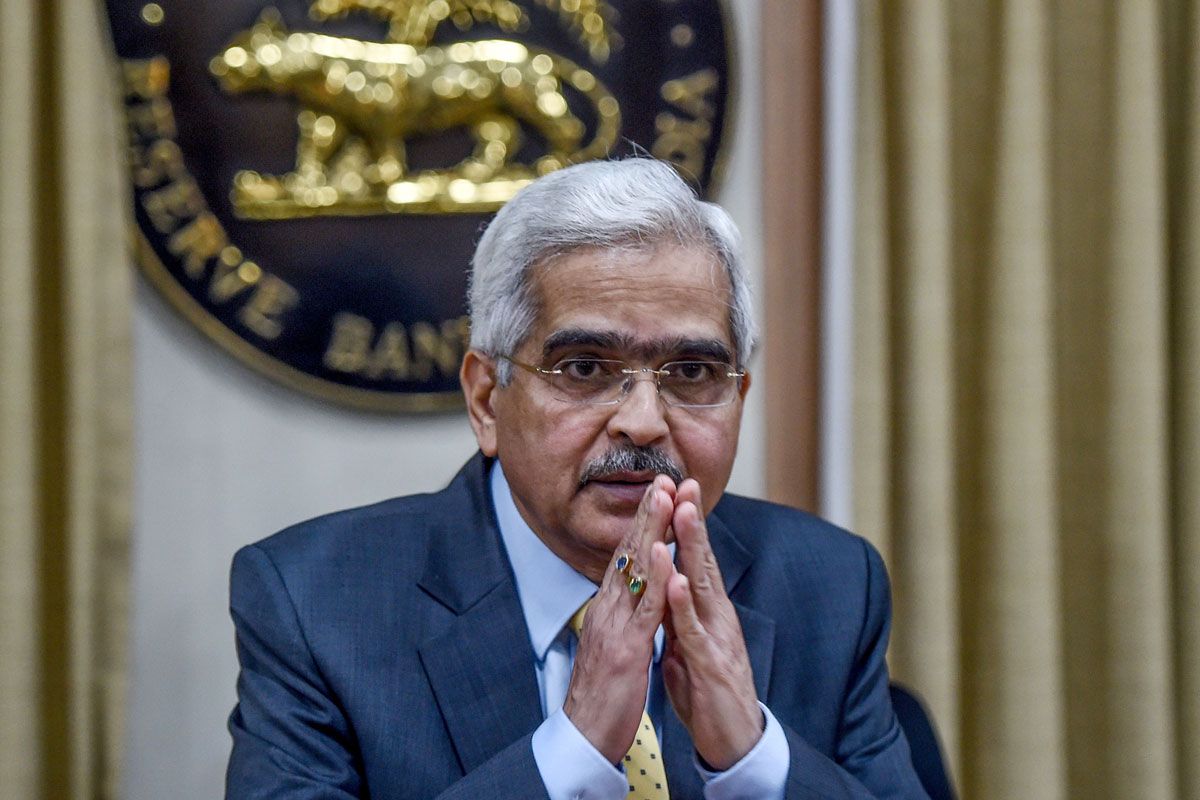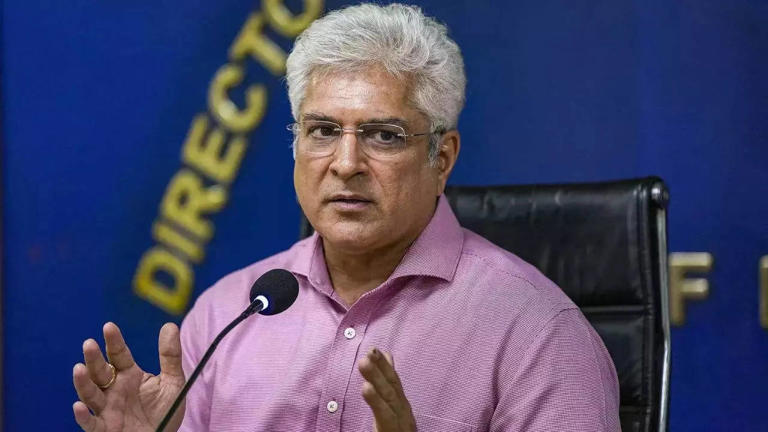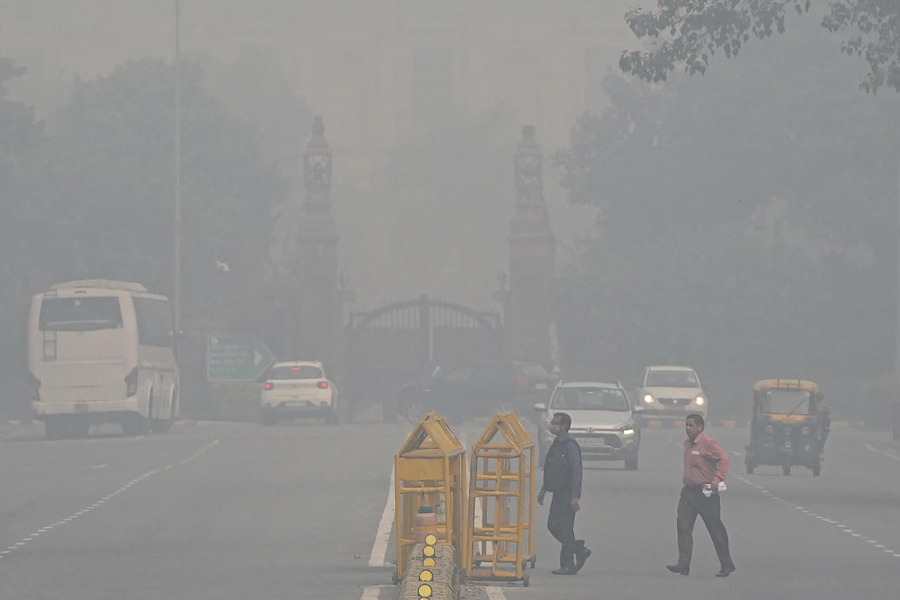Home / odisha / Punjab and Haryana Lead in Agricultural Household
Punjab and Haryana Lead in Agricultural Household
By: My India Times
2 minutes read 69Updated At: 2024-11-09
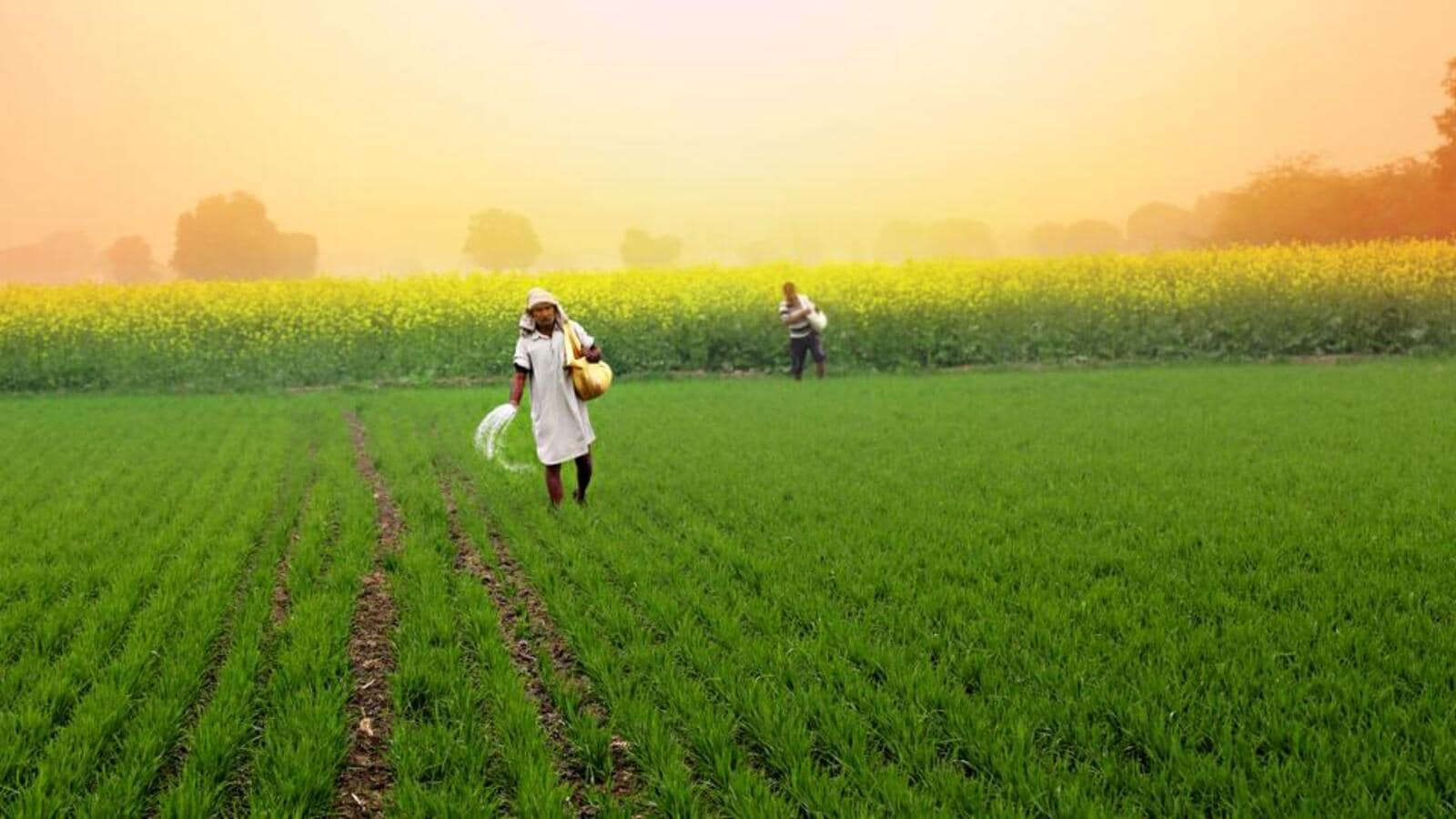
According to the latest data from the National Bank for Agriculture and Rural Development (NABARD) All India Rural Financial Inclusion Survey (NAFIS) for 2021-22, Punjab and Haryana have emerged as the top two states in India with the highest average monthly income for agricultural households.
In Punjab, the average monthly income of agricultural households increased from Rs 23,133 in 2016-17 to Rs 31,433 in 2021-22, marking a substantial rise of over Rs 8,300 per month. This increase is the highest among all states across the country, making Punjab the leader in agricultural household income. Similarly, Haryana saw a notable 40% rise in its agricultural household income, from Rs 18,496 in 2016-17 to Rs 25,655 in 2021-22.
The significant income boost in both states can be attributed to several factors, including improved crop yields, increased diversification into high-value crops, and government support programs aimed at enhancing rural economic conditions. The growth in farm incomes has also been facilitated by rising demand for agri-products and the adoption of modern farming techniques.
Kerala Follows Closely Behind
While Punjab and Haryana topped the list, Kerala secured the third position in both years, 2016-17 and 2021-22, with a steady increase in agricultural household income. This positions Kerala as a key player in India's agricultural economy, although the gap with the top two states remains significant.
Impact on Rural Economy and Employment
The rise in agricultural income has had a positive impact on the rural economy, providing greater financial stability for farming households. With increased earnings, rural households in Punjab and Haryana are better equipped to invest in education, healthcare, and farm infrastructure. This, in turn, fosters overall economic growth in the region and contributes to poverty alleviation.
Government Initiatives and Support
The Indian government has also played a crucial role in driving this progress by implementing schemes such as MSP (Minimum Support Price) for various crops, crop insurance, and subsidies for the purchase of modern farm equipment. These initiatives have helped farmers increase productivity and resilience, ensuring that they are better prepared for market fluctuations and adverse weather conditions.
Challenges and Areas of Concern
Despite the positive growth, there remain challenges that could impact the future of agricultural incomes in these states. Issues such as rising input costs, water scarcity, and the increasing impact of climate change on crop yields need to be addressed to sustain this growth in the long term. Additionally, there is a need for further policy reforms to ensure the sustainability of farm income in the face of such challenges.
As agricultural incomes continue to rise in Punjab and Haryana, these states could serve as models for other regions looking to boost rural economic conditions. However, it is crucial that state and central governments work together to address the challenges that could hinder long-term prosperity for agricultural households across India.
....According to the latest data from the National Bank for Agriculture and Rural Development (NABARD) All India Rural Financial Inclusion Survey (NAFIS) for 2021-22, Punjab and Haryana have emerged as the top two states in India with the highest average monthly income for agricultural households.
In Punjab, the average monthly income of agricultural households increased from Rs 23,133 in 2016-17 to Rs 31,433 in 2021-22, marking a substantial rise of over Rs 8,300 per month. This increase is the highest among all states across the country, making Punjab the leader in agricultural household income. Similarly, Haryana saw a notable 40% rise in its agricultural household income, from Rs 18,496 in 2016-17 to Rs 25,655 in 2021-22.
The significant income boost in both states can be attributed to several factors, including improved crop yields, increased diversification into high-value crops, and government support programs aimed at enhancing rural economic conditions. The growth in farm incomes has also been facilitated by rising demand for agri-products and the adoption of modern farming techniques.
Kerala Follows Closely Behind
While Punjab and Haryana topped the list, Kerala secured the third position in both years, 2016-17 and 2021-22, with a steady increase in agricultural household income. This positions Kerala as a key player in India's agricultural economy, although the gap with the top two states remains significant.
Impact on Rural Economy and Employment
The rise in agricultural income has had a positive impact on the rural economy, providing greater financial stability for farming households. With increased earnings, rural households in Punjab and Haryana are better equipped to invest in education, healthcare, and farm infrastructure. This, in turn, fosters overall economic growth in the region and contributes to poverty alleviation.
Government Initiatives and Support
The Indian government has also played a crucial role in driving this progress by implementing schemes such as MSP (Minimum Support Price) for various crops, crop insurance, and subsidies for the purchase of modern farm equipment. These initiatives have helped farmers increase productivity and resilience, ensuring that they are better prepared for market fluctuations and adverse weather conditions.
Challenges and Areas of Concern
Despite the positive growth, there remain challenges that could impact the future of agricultural incomes in these states. Issues such as rising input costs, water scarcity, and the increasing impact of climate change on crop yields need to be addressed to sustain this growth in the long term. Additionally, there is a need for further policy reforms to ensure the sustainability of farm income in the face of such challenges.
As agricultural incomes continue to rise in Punjab and Haryana, these states could serve as models for other regions looking to boost rural economic conditions. However, it is crucial that state and central governments work together to address the challenges that could hinder long-term prosperity for agricultural households across India.
By: My India Times
Updated At: 2024-11-09
Tags: odisha News | My India Times News | Trending News | Travel News
Join our WhatsApp Channel














.jfif)


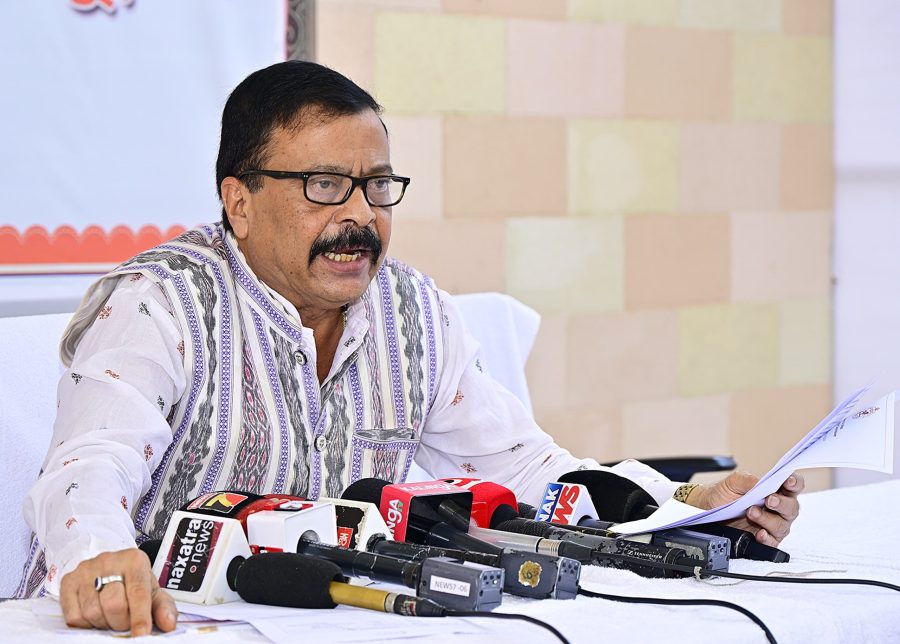

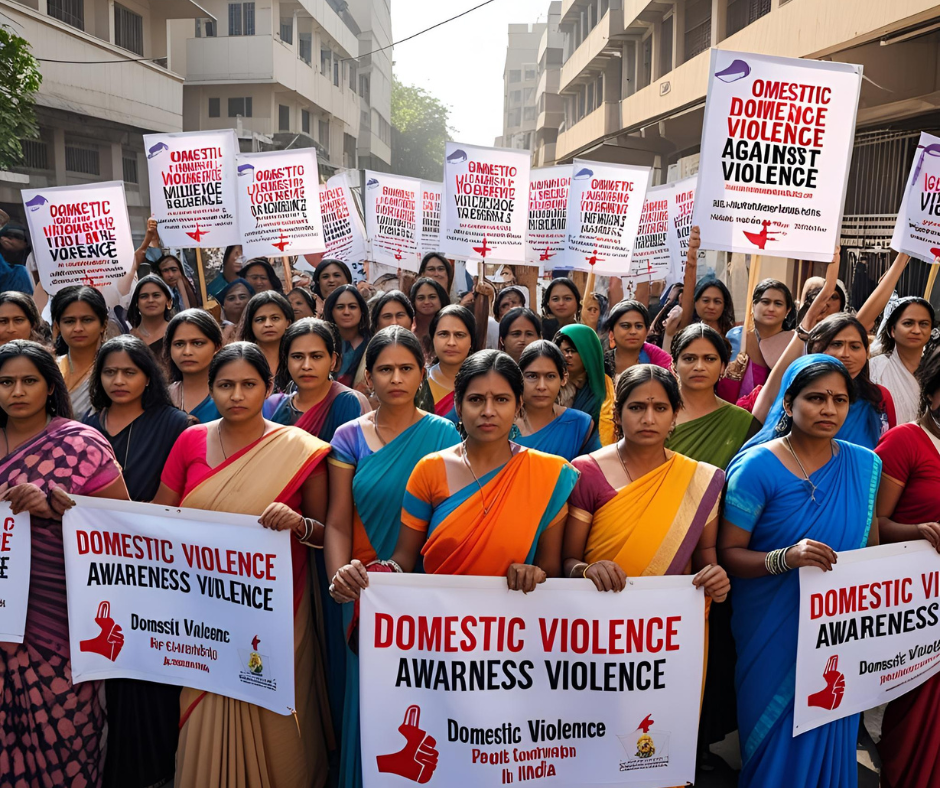























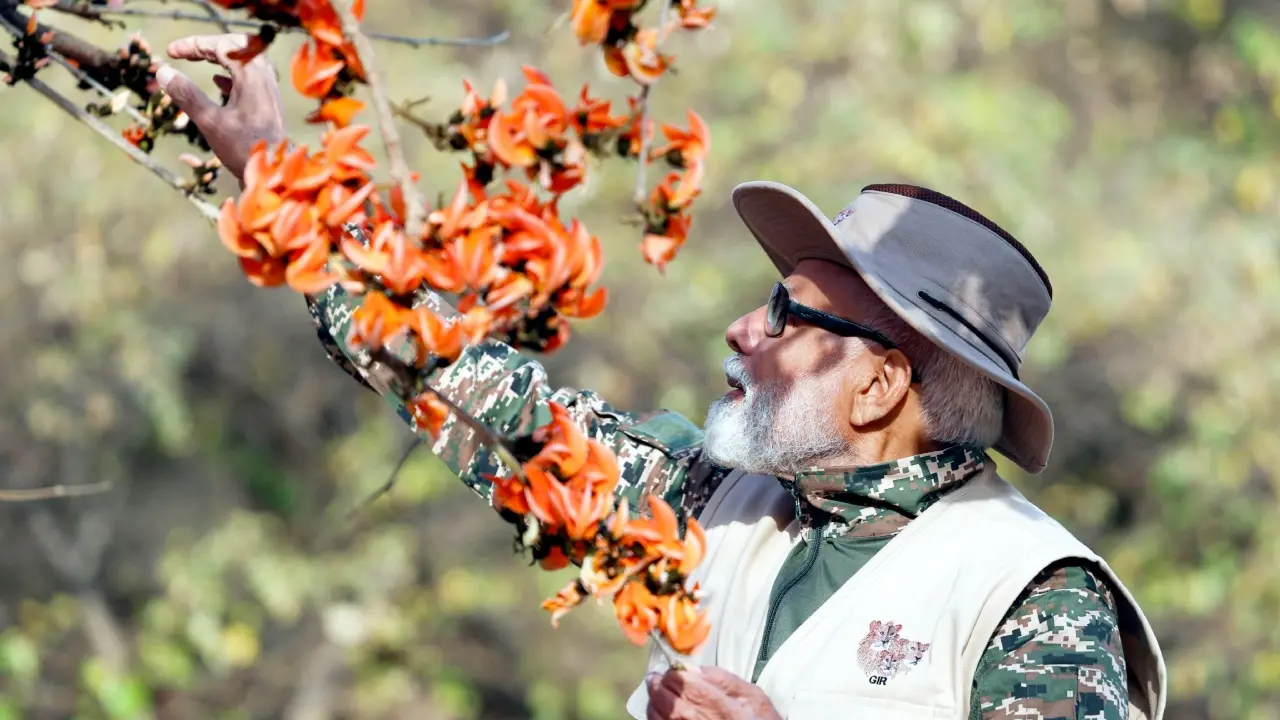



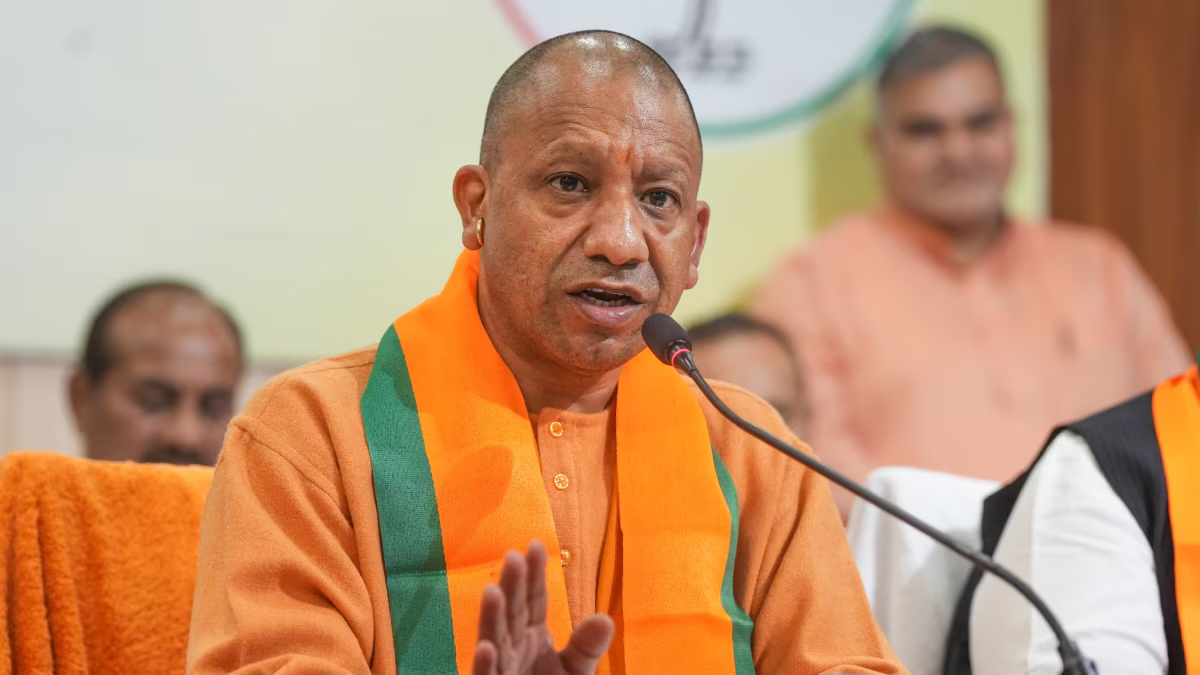




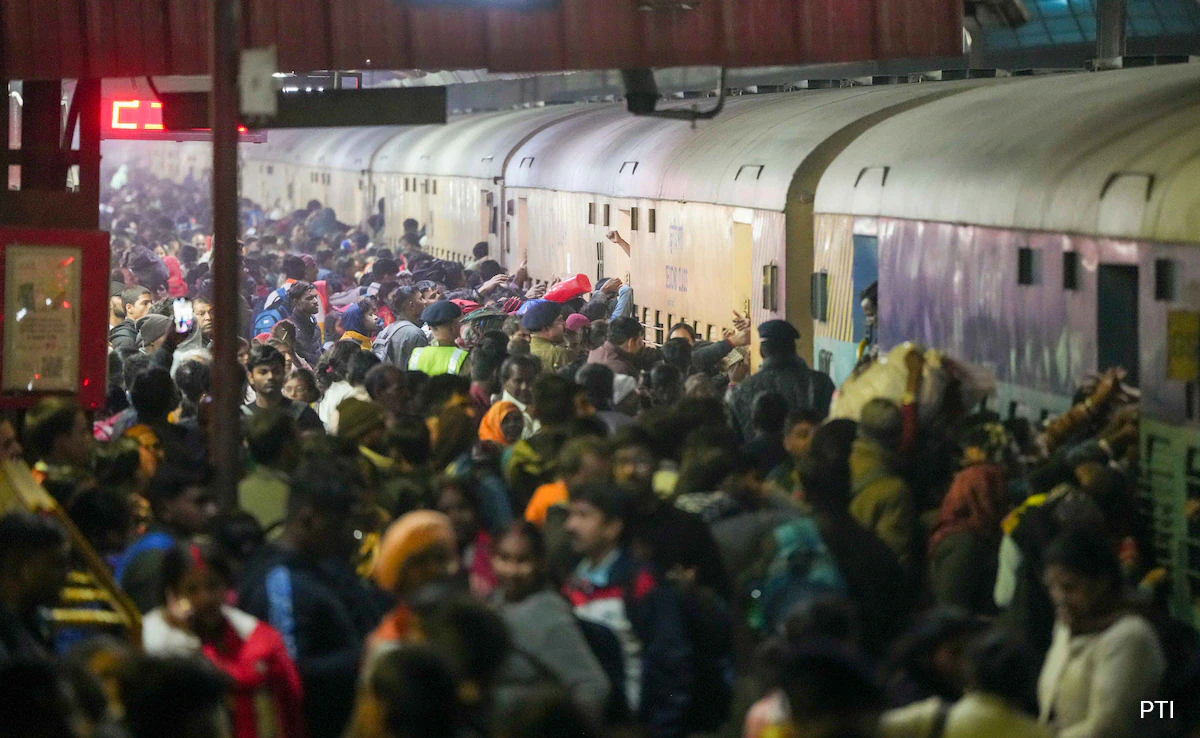









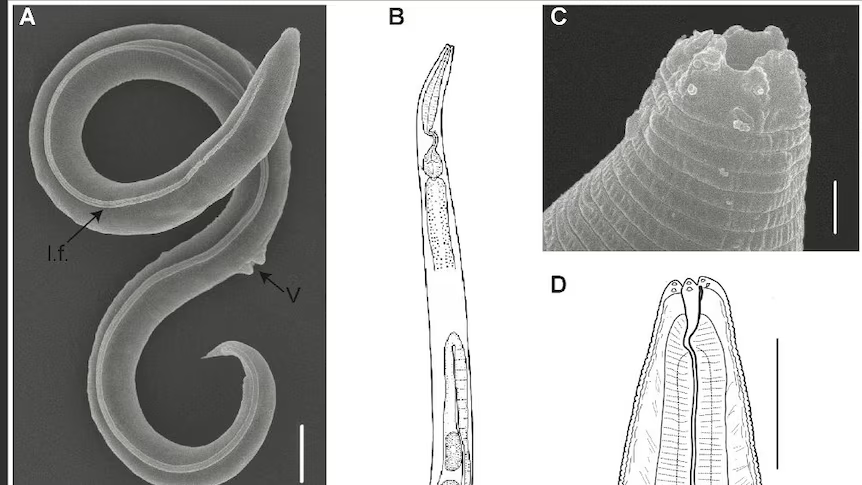
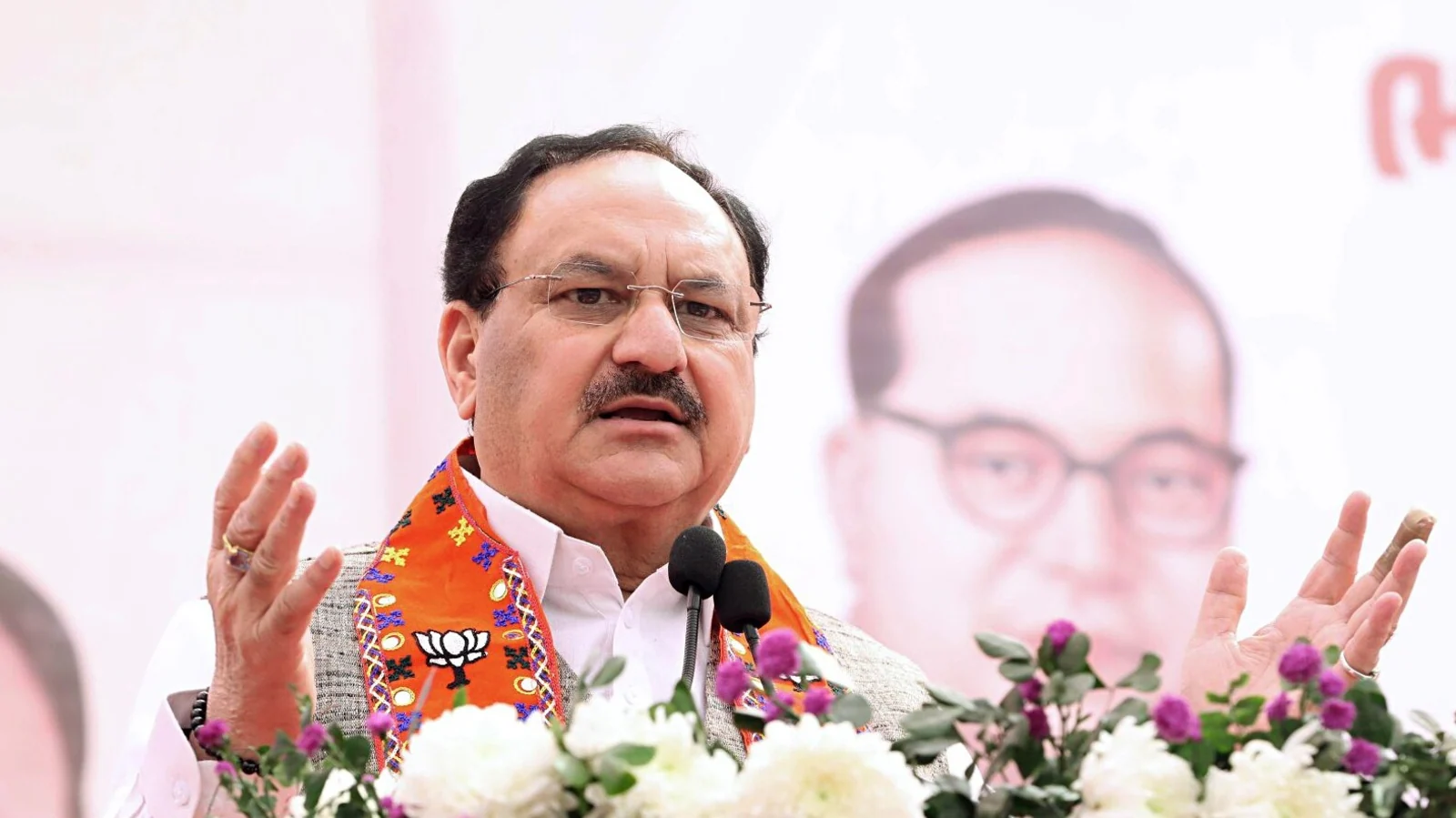



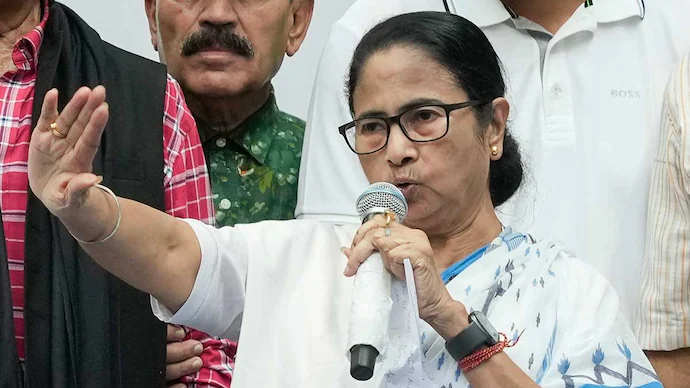





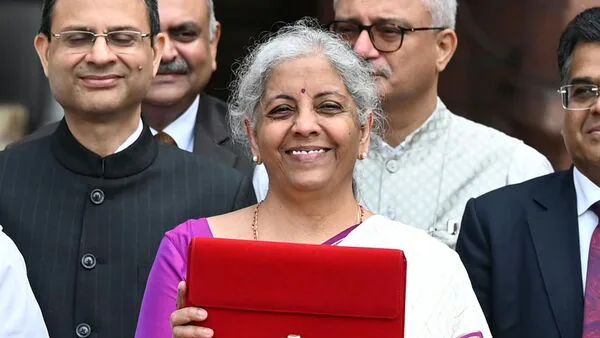























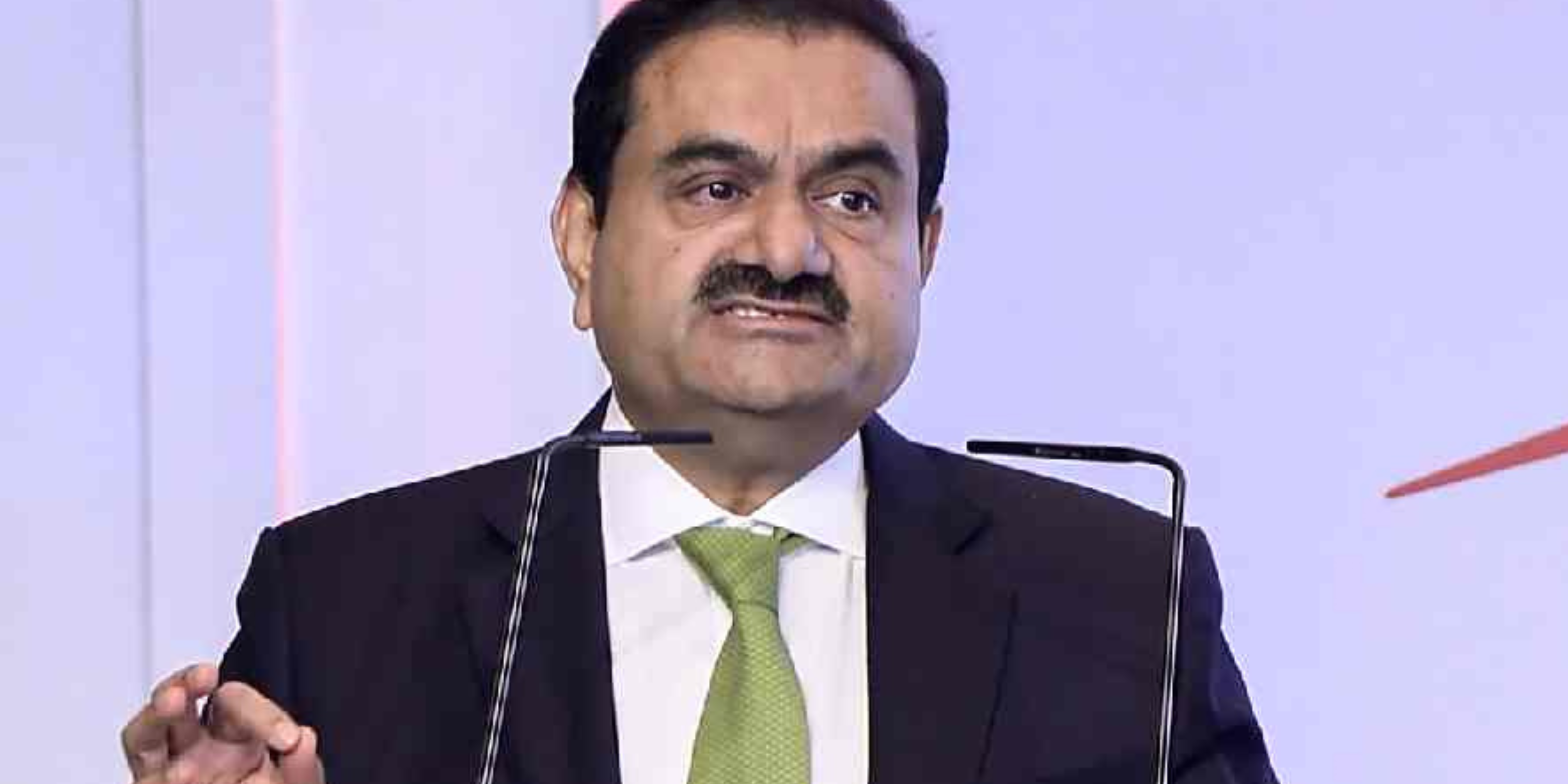



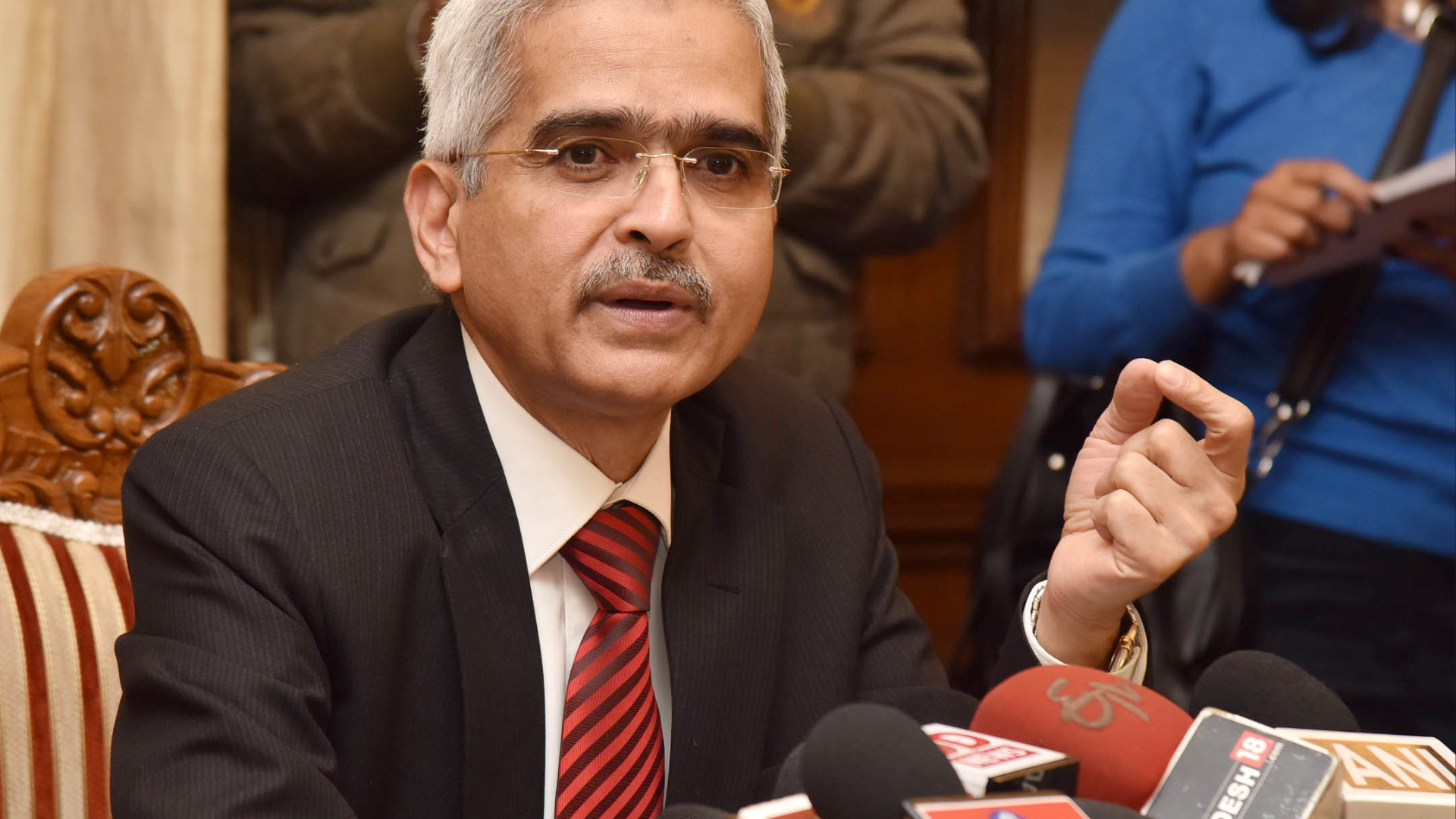






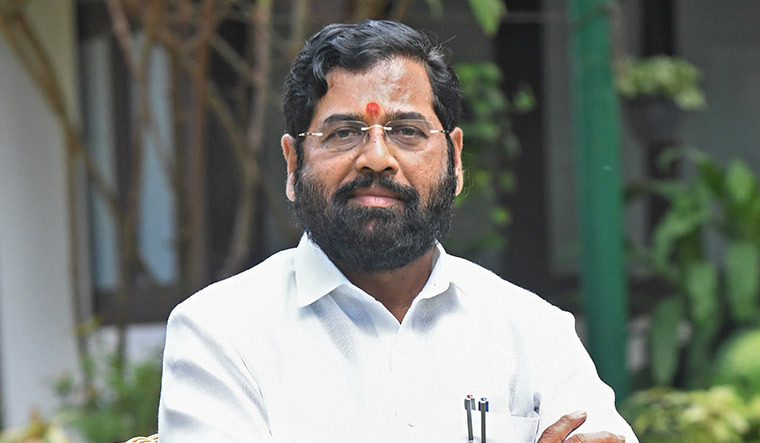
.png)
 (1).png)
